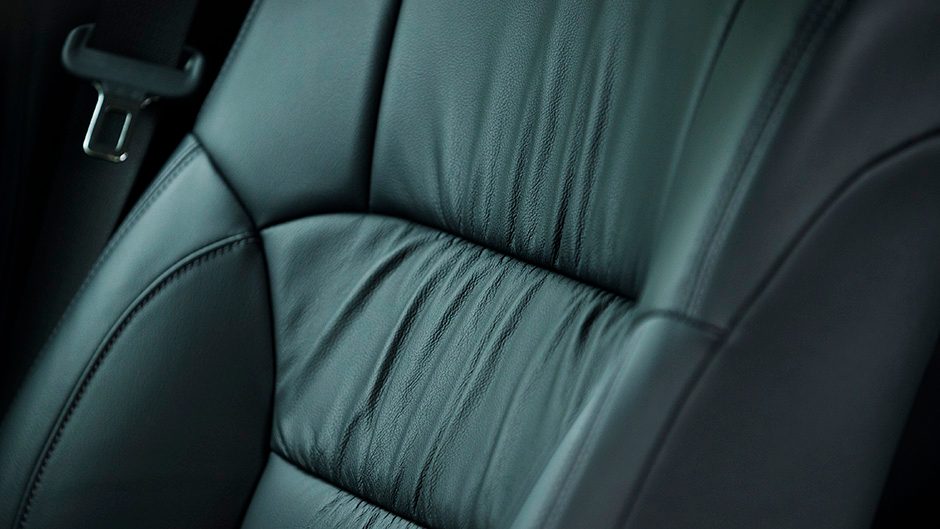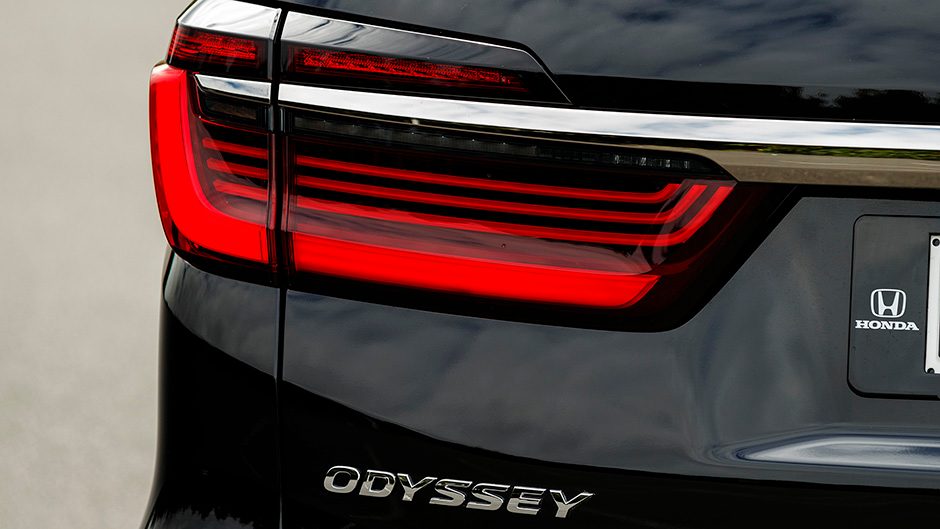2021 Honda Odyssey Premium review
Words Kyle Cassidy | Photos Tom Gasnier
The Odyssey is back, refreshed again for 2021. Is Honda’s bod-mover still fit for purpose after all these years?
Those with a fondness for the Odyssey, and long memories, will realise this is the second makeover for Honda’s kid conveyor. It debuted in 2013, received a makeover in 2018 and has been buffed once again. Clearly Honda is taking the ‘it ain’t broke so why fix it approach’ here. But does a vehicle that is now officially long of tooth still cut it?
Fortunately for the Odyssey, you don’t need many fingers to count the people mover options on the market. There’s the Carnival, also featured this month, but it’s a larger, more expensive offering. Where the Kia runs from $60k to $75k, the Odyssey starts at $49,990 for the Touring (previously the S) and $59,990 for the Premium (formerly LS), featured here. Like most goods and services in 2021, prices have risen, the top Odyssey up $6000 since we drove it last in 2018. Other people movers are van-based, like Toyota’s Granvia and VW’s Mutivan, and also more expensive. So Odyssey is one for those who want a smaller, more affordable human hauler.

As to the update, previously Honda’s active safety features were only available on the top model, but now they also feature on the Touring which sees active cruise, AEB, lane departure warning and lane keeping added. The cruise works well, but not below 30km/h so is no great help in stop and go traffic. You also get blind spot monitoring and a cross traffic warning system to go with the rear view camera.
We’d say the Touring is the better value, given it now has the benefits of the safety stuff and they’ve added the power sliding doors, LED headlights, a smart key and a new eight-inch infotainment system. This new system is easier to navigate (the hard menu buttons welcomed), the response times are quicker, the resolution much improved and connectivity too with Android Auto and Apple Carplay. And outwardly, you can’t tell the two models apart. The Premium gains a powered tailgate, gesture control power sliding doors, driver’s memory seats and an electrostatic climate control panel for the second row, on top of the leather trim and the two captain’s chairs in the middle row.
The front end has been redesigned, now with a more upright stance and a big grille. As such the bumper, bonnet and front guards are all changed, so too the headlights. Its tail lamps and alloy wheel designs have been rejigged as well. The cabin has come in for some work with a revised dash, steering wheel and instruments. Acoustic glass and other measures have been employed to reduce road noise. As before, the entry model has an eight-seat layout (two/three/three) and fabric trim while the Premium features leather and a pair of captain’s chairs in the back, so one seat less overall.

The seats up front are comfy, well padded and the height is set for easy entry with clear forward vision. There’s no centre console in the Odyssey, instead you get a pathway between the seating areas, for the kids at least; it’s a tight squeeze for adults. There’s a general lack of storage space up front as a result, which is perhaps why Honda has added a small receptacle on the dash above the glovebox. They’ve also included another pop-out cup holder for the driver, a handy place to stash a liquid pick-me-up for sleep-deprived parents.
The twin powered sliders return, this time with gesture control. There’s a flashing blue LED light strip above the beltline that had us stumped initially, but it’s where you wave your hand to open the door. It might be useful for germaphobes in a pandemic but it’s a hit and miss affair otherwise; it’s easier to use the remote key fob, or the old fashioned handle. These sliders make accessing the rear cabin so easy, especially in car parks, and small folk can climb aboard more easily than in higher riding SUVs.
The mid-ship pews are more comfy even than those in the front, though Honda has removed the retractable ottoman footrests that the previous model had. These are the only seats in this Odyssey with Isofix points and tether hooks, making the Premium better suited to families with an older tribe who no longer require full carseats.

Access to the back row is easy, with a clear passage between the seats and here two adults will find themselves seated comfortably with enough leg- and head-room. The rear bench is a little lean on padding and three across will be a squeeze. Kids fit fine however, as long as they can work out how to affix the centre seat belt properly, as it dangles down from the roof.
In behind is a reasonable space left over for your stuff. It’s not huge but there’s more than a similarly sized seven-seater SUV when all seats are in play. Be aware when reverse parking, you’ll need to leave about a metre in behind in order for the tailgate to raise. The powered operation is awfully slow too. Folding the third-row seats is a multi-step process; stow the headrests, fold the three individual back rests, release the lever, tumble it back into the floor and fiddle with a retaining strap. But then you have a massive hold, Honda quoting 1017L to the window line.
To drive, the Odyssey is more of a wagon than its van-like competitors. It is heavy though at 1854kg, and so the urge from the 2.4-litre engine, which carries over, is merely adequate. It could definitely do with a bigger helping of low end torque as the 225Nm of twist aren’t registering fully until 4000rpm. As it’s still hooked to a CVT, it’s a tad slow off the mark when you’re hurrying to get the kids to school/gym/soccer/swimming on time. You do massage the throttle more than usual, and that sees the fuel use nudge up if you’re always in a hurry, like us, and so we saw the average consumption level out at 11.1L/100km. Admittedly we didn’t do many easy motorway miles, which would be needed to get closer to the quoted 8.0L/100km average. You could try the Eco mode button, but, yeah, nah.

It’s a pity we don’t get the 2.0-litre ‘dual motor’ hybrid version here. It has 135kW and some 315Nm of torque to offer, that latter figure no doubt dished out more willingly at urban speeds.
The suspension tuning favours ride decorum over cornering antics, and the progress is pretty polished for something with a torsion beam rear end. This is helped too by the move to smaller 17 inch wheels with higher profile tyres. Steering is distant but accurate and the road noise is kept at bay. It’s city friendly too, easy to park with a decent turning circle and good all around vision.
While it’s not the latest kid carrier on the block, the buffing keeps it competitive for those after a vehicle that puts passenger space and comfort ahead of off-road pretences. Our pick would be the Touring, as the $10k, er, premium for the Premium seems a tad inflated.
| Model | Honda Odyssey Premium |
| Price | $59,990 |
| Engine | 2356cc, IL4, EFI, 129kW/225Nm |
| Drivetrain | CVT, front-wheel drive |
| Fuel Use | 8.0L/100km |
| C02 Output | 183g/km |
| 0-100km/h | 11.52sec |
| Weight | 1854kg |














